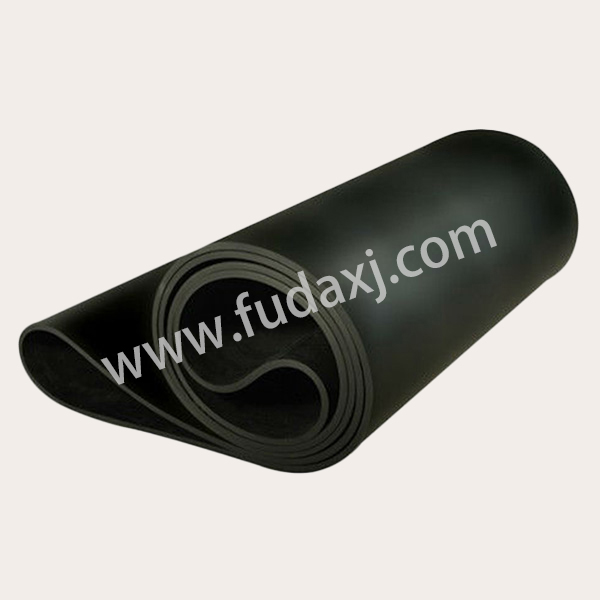
Sale Wholesale Anti Tear Steel Cord Conveyor Belt in China
Anti-tear conveyor belts are engineered to provide enhanced durability and resistance to punctures in industrial settings. These belts are designed with a focus on longevity, reducing the frequency of replacements and small downtime in operations. They are constructed with materials that offer high tensile strength, ensuring they can handle heavy loads without tearing. The belts are also characterized by their resistance to abrasion and impact, which is crucial in environments where sharp or heavy materials are frequently transported.
The backbone of many industrial processes is the reliable and efficient transportation of materials, which is often facilitated by conveyor belts. Among the various types of conveyor belts available, anti-tear conveyor belts stand out for their ability to withstand the rigors of heavy-duty applications.
Anti-tear conveyor belts are engineered with a focus on durability and resistance to the forces that can pilot to tearing. The design of these belts incorporates several key features:
Reinforcement: The belts are typically reinforced with a strong textile or metal mesh, which provides a foundation for the belt's structure and distributes the load evenly. This reinforcement is crucial in preventing tears from spreading once they occur.
Compound Selection: The rubber or plastic compounds used in the belts are chosen for their resistance to abrasion, impact, and chemical exposure. These compounds are formulated to maintain their integrity under the stress of constant use.
Joint Strength: The joining methods used for anti-tear conveyor belts are designed to be as strong as the belt material itself. This ensures that the weakest point of the belt is not at the joints, which are often the one to fail in standard conveyor belts.
Surface Treatment: The surface of anti-tear conveyor belts may be treated or textured to provide additional grip, reducing the risk of material slippage and ensuring a smooth transfer of goods.
The safety benefits of anti-tear conveyor belts are manifold:
Reduced Risk of Accidents: By reducing the likelihood of belt failure, the risk of accidents caused by spillage or machinery damage is significantly lowered.
Consistent Performance: The belts' consistent performance means that operators can rely on the conveyor system, reducing the need for constant monitoring and intervention.
Compliance with Standards: Anti-tear conveyor belts often meet or exceed industry safety standards, which can be a requirement for operation in certain sectors.
The efficiency gains offered by anti-tear conveyor belts are also noteworthy:
Longer Service Life: With a reduced risk of tearing, these belts can last longer than standard conveyor belts, reducing the frequency of replacements and associated costs.
Lower Maintenance: The belts' durability means less downtime for repairs and maintenance, which can be a significant cost saver for businesses.
Improved Productivity: Reliable conveyor systems contribute to overall productivity, as they ensure a steady flow of materials without unexpected interruptions.
Anti-tear conveyor belts have become an essential component in many industrial processes due to their ability to enhance safety and efficiency. By offering a longer service life and reduced maintenance requirements, these belts contribute to the bottom line of businesses while also providing a safer working environment. By incorporating anti-tear technology, these belts contribute to improved safety and operational efficiency in industries such as mining, construction, and manufacturing.
 English
English 简体中文
简体中文 Español
Español عرب
عرب
 English
English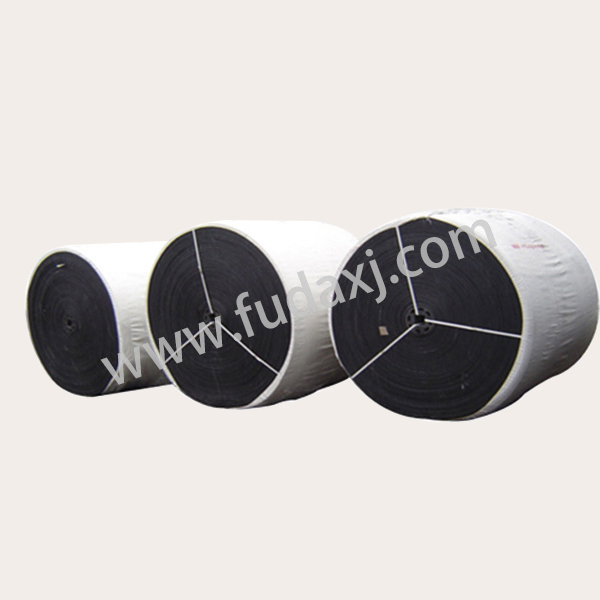
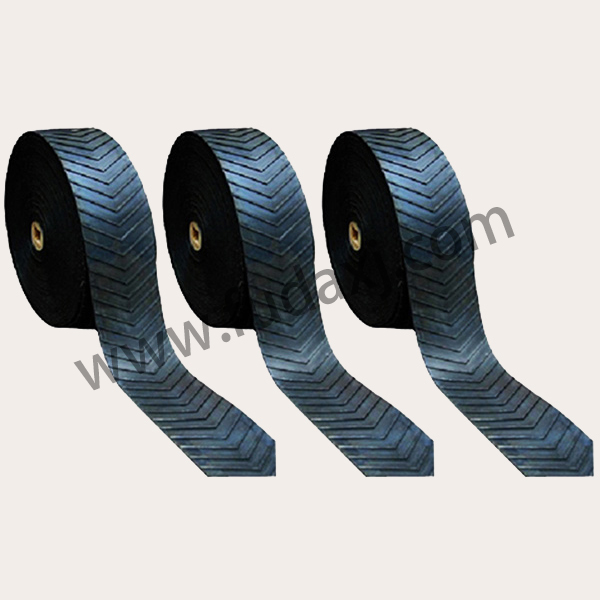
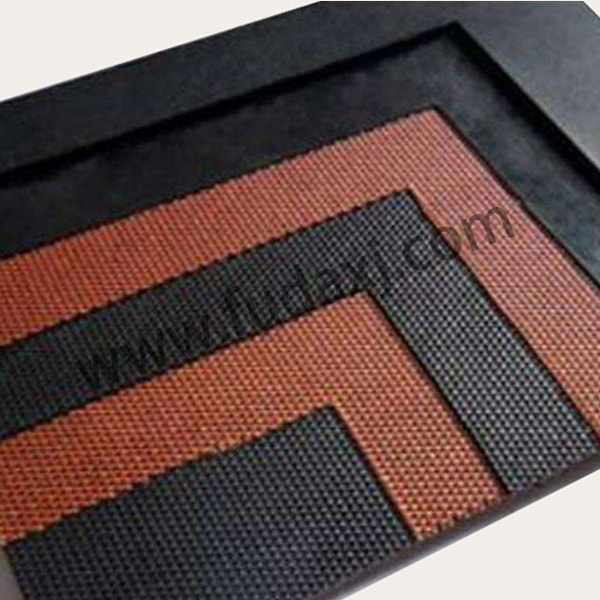

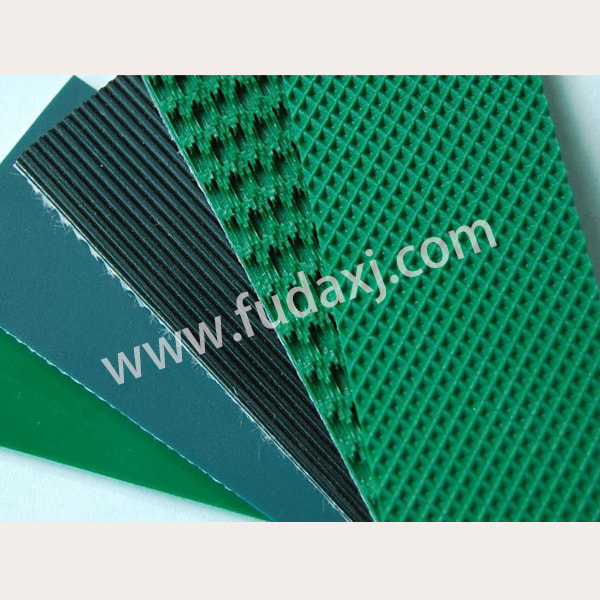

 Fax: 0086-576-83019528
Fax: 0086-576-83019528